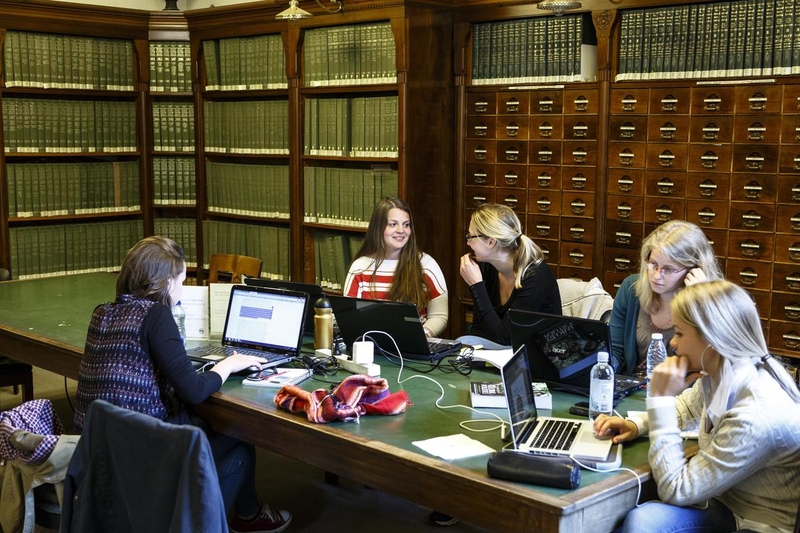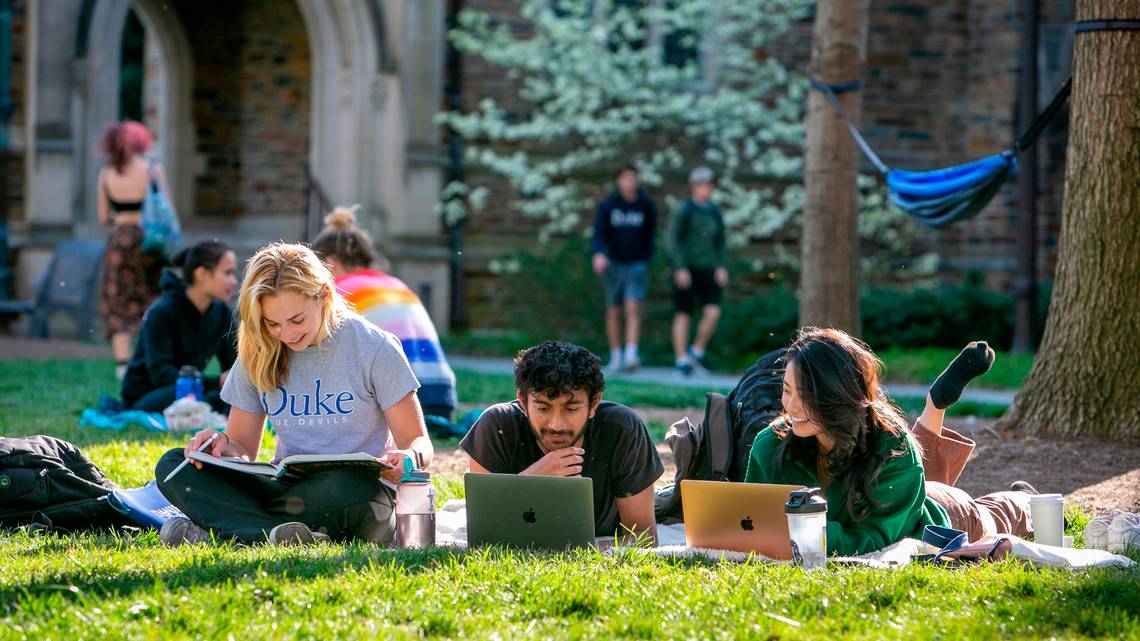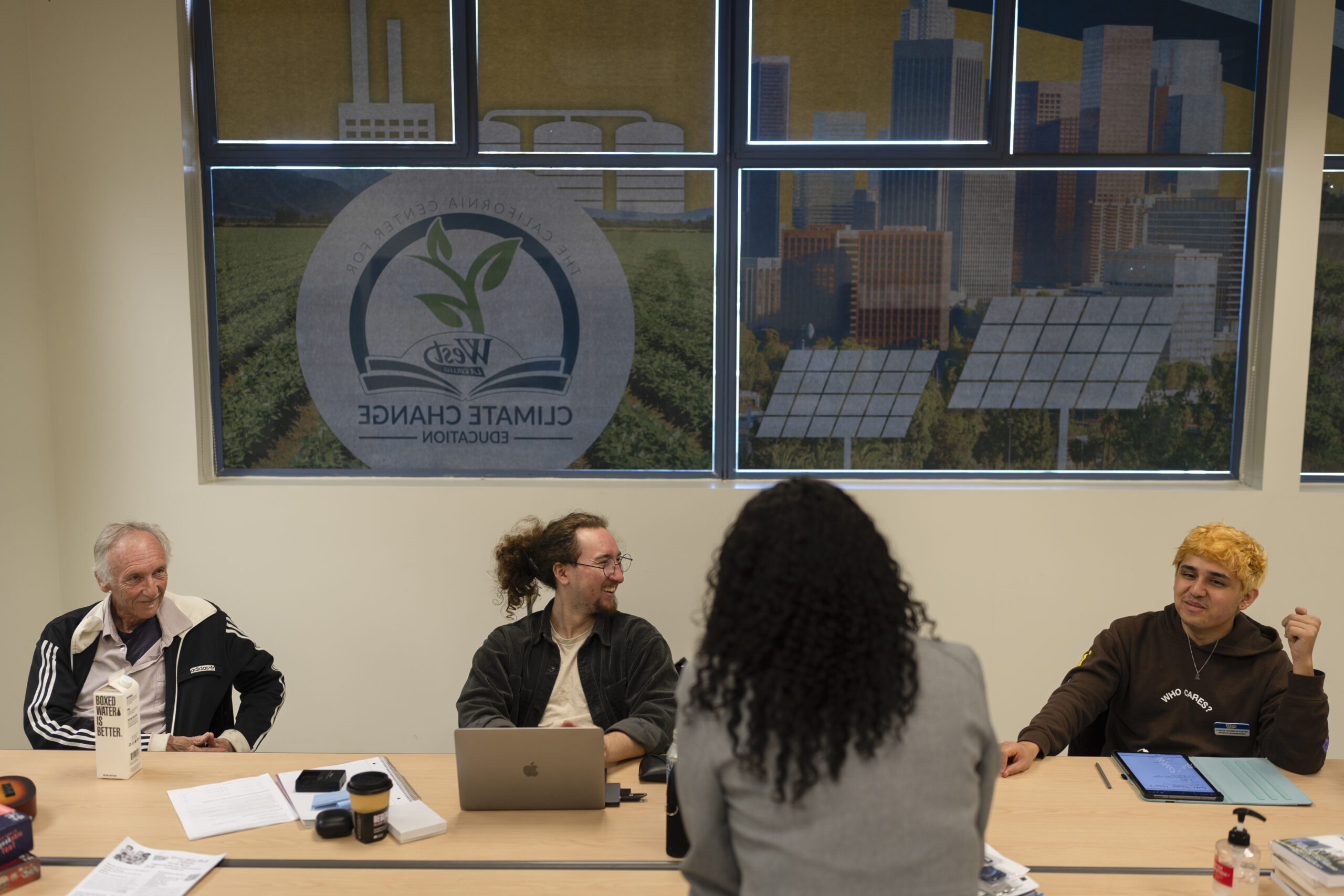Education
Choosing Between Norway and Denmark for Higher Studies

When it comes to pursuing higher education, both Norway and Denmark offer exceptional opportunities. As Scandinavian countries, they share certain similarities, yet each has its unique characteristics.

Let’s look into the key aspects to consider when deciding between these two study destinations:
1. Education System and Recognition
- Denmark:
- Follows the Bologna Process, ensuring that degrees earned at Danish institutions are internationally recognized.
- Known for its creative and innovative study atmosphere, Denmark provides a world-class education.
- Norway:
- Offers a highly advanced educational system, with universities known for their academic quality.
- Degrees from Norwegian universities are well-regarded globally.
2. Cultural Exposure and Lifestyle
- Denmark:
- Vibrant cities like Copenhagen offer rich cultural influences.
- Students can explore art, music, and design scenes while studying.
- Short train or boat trips allow easy exploration of neighboring countries.
- Norway:
- Stunning natural landscapes, including mountains and national parks.
- Norwegians embrace outdoor activities year-round, making it an ideal choice for nature enthusiasts.
- Unpredictable weather and wild nature are part of everyday life.
Education
Young Woman Advocates for Emotional Education for Migrant Children at Mexico-US Border

Tijuana, August 6, 2024 – Amid the ongoing humanitarian challenges at the Mexico-USA border, a young woman has emerged as a beacon of hope for migrant children, promoting emotional education to help them navigate the difficulties they face. Clara Martinez, a 25-year-old social worker and activist, has launched a grassroots initiative aimed at providing emotional support and education to children in migrant shelters.
Martinez, who grew up in a border town herself, understands the unique struggles faced by these children. Many have experienced trauma from their journeys, family separations, and the uncertainties of their future. Her program focuses on equipping them with the emotional tools they need to cope with these challenges.
Through workshops and interactive sessions, Martinez and her team of volunteers teach children about emotional awareness, resilience, and healthy communication. The initiative, known as “Emotional Bridges,” also incorporates art and play therapy, offering a safe space for children to express themselves and heal.
“These children are not just statistics; they have stories, dreams, and emotions that deserve to be acknowledged and nurtured,” Martinez said. “Our goal is to help them process their experiences and empower them to move forward with hope and strength.”
The response to the program has been overwhelmingly positive. Parents and shelter staff have noted improvements in the children’s behavior and overall well-being. Many children have begun to open up about their experiences, showing a greater sense of trust and stability.
Martinez’s work has drawn attention from both local and international organizations. She has received support from various non-profits and community groups, who have provided resources and funding to expand the program. Her efforts are part of a broader push to address the mental and emotional health of migrants, often an overlooked aspect of humanitarian aid.
As the situation at the border remains complex, Martinez’s commitment to emotional education provides a crucial lifeline for many young migrants. Her work highlights the importance of addressing not just the physical but also the emotional needs of those affected by displacement and migration.
With plans to expand “Emotional Bridges” to other border regions, Martinez continues to inspire and advocate for the rights and well-being of migrant children, demonstrating the power of empathy and education in the face of adversity.
Education
Generative AI in Education: Opportunities and Challenges

Schools, colleges, and universities worldwide are rapidly adjusting to the disruptive force of generative AI. As this technology becomes more prevalent, educators and policymakers are navigating its potential impact on teaching and learning. Let’s explore how generative AI is reshaping education:
1. Personalized Learning and Adaptability
Generative AI can adapt educational content to suit individual learning interests, pace, abilities, and styles. By providing immediate feedback and support, it enhances the learning experience. This interactive process caters to diverse needs, including those of students with disabilities.
2. Cost Reduction and Content Creation
Generative AI produces content (such as text, images, audio, and video) for the digital publishing industry in education. This has significant cost reduction benefits. Moreover, it enables personalized learning by providing step-by-step problem-solving hints and feedback to learners.

3. Challenges and Governance
While generative AI offers promise, challenges remain. UNESCO’s global guidance for generative AI in education emphasizes several key measures:
- Promoting Inclusion and Equity: Efforts must be made to eliminate gender or cultural bias. GenAI systems should evolve to include data in multiple languages, especially minority ones.
- Protecting Human Agency: We must avoid over-reliance on AI and ensure that learners maintain their intellectual agency.
Governance guardrails are essential to ensure safe and inclusive use of generative AI in education.
In conclusion, generative AI holds immense potential for transforming education. By addressing challenges and adopting responsible practices, we can harness its power for the benefit of learners worldwide.
Education
Applying in US Universities: Best Timing and Tips

Applying to universities in the United States is an exciting journey, and timing plays a crucial role. Let’s explore when you should start the application process:
- Start Early: Begin your college application process during the summer before your senior year of high school. This gives you ample time to prepare and gather the necessary materials.
- Junior Year Prep: During your junior year, consider taking the SAT or ACT, researching campuses, visiting universities, securing recommendation letters, and enhancing your extracurricular activities.
- Application Deadlines:
- Early Admission: If you’re aiming for early admission, submit your application by November. This option allows you to receive an admission decision sooner.
- Regular Decision: For regular decisions, apply by January or February. This gives you more time to work on application essays and take exams.
- Common App: Consider using the Common Application, which allows you to apply to over 1,000 colleges with a single application.
Remember, college is worth it, and your future matters. Best of luck with your applications! 🎓🌟
-

 Business1 year ago
Business1 year agoSaudi Arabia’s Model for Sustainable Aviation Practices
-

 Business1 year ago
Business1 year agoRecent Developments in Small Business Taxes
-

 Politics1 year ago
Politics1 year agoWho was Ebrahim Raisi and his status in Iranian Politics?
-

 Business11 months ago
Business11 months agoCarrectly: Revolutionizing Car Care in Chicago
-

 Business11 months ago
Business11 months agoSaudi Arabia: Foreign Direct Investment Rises by 5.6% in Q1
-

 Technology1 year ago
Technology1 year agoComparing Apple Vision Pro and Meta Quest 3
-

 Politics1 year ago
Politics1 year agoIndonesia and Malaysia Call for Israel’s Compliance with ICJ Ruling on Gaza Offensive
-

 Sports10 months ago
Sports10 months agoKeely Hodgkinson Wins Britain’s First Athletics Gold at Paris Olympics in 800m





























